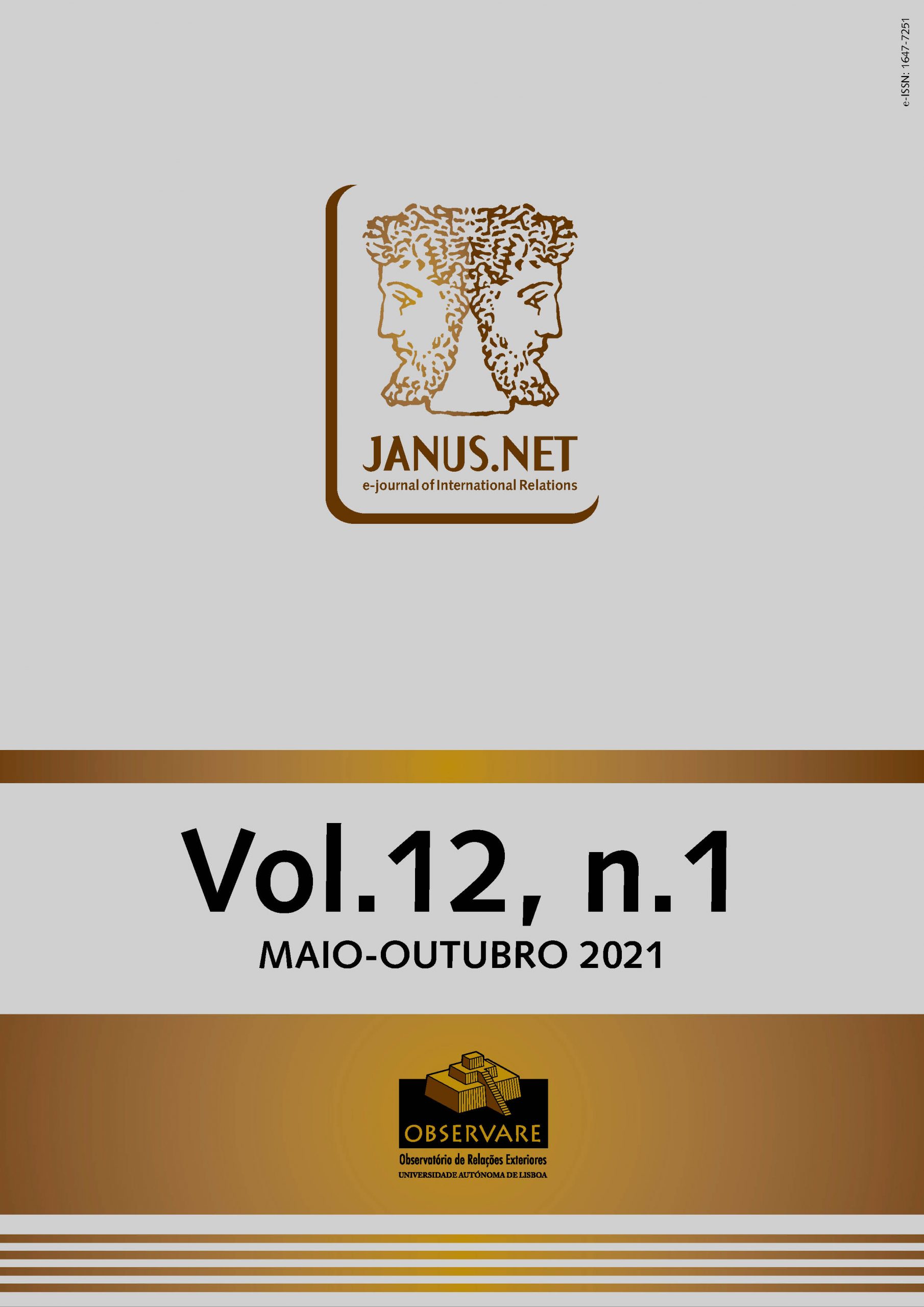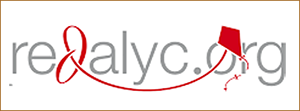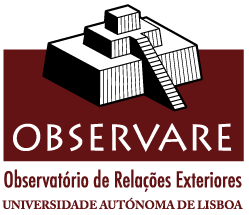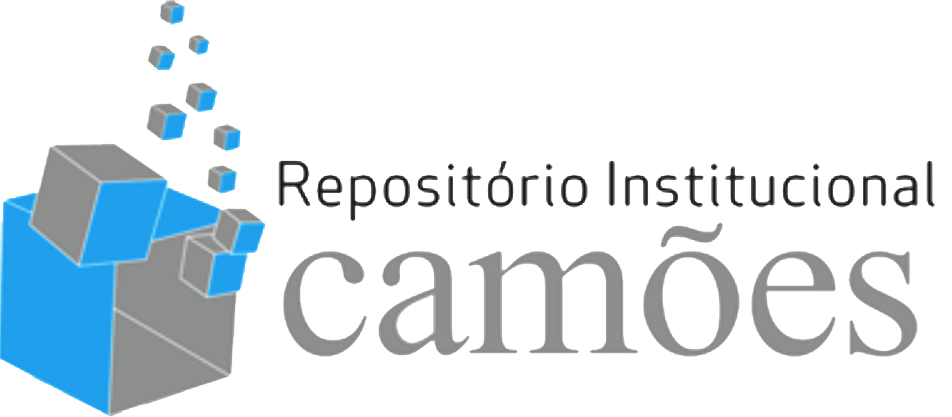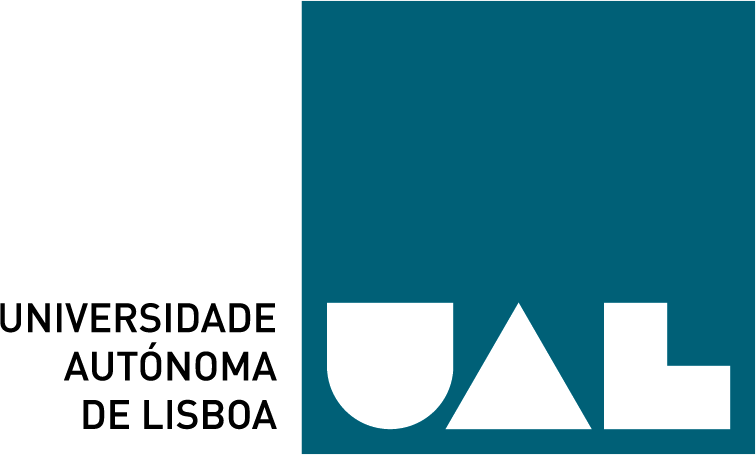NATO is going through a time of high complexity, resulting largely from the deep internal divisions that limit its ability to deal with the various strategic challenges. Based on the recently published document “NATO 2030: United for a new era”, which analyses the strategic environment and recommends a set of lines of action for the organization over the next ten years, this article argues that most of the proposed measures to strengthen the Alliance’s political cohesion can only be successfully implemented if two essential measures are taken: rapprochement with Turkey and strengthening cooperation with the EU. The survival of NATO is also dependent on the identification of a common threat, fundamental to this type of community, a condition that currently does not exist, especially in relation to the two identified systemic adversaries: Russia and China.
»
Research and Development Centre of the Military University Institute (Portugal)
Resumo
A NATO atravessa um momento de elevada complexidade, resultante em grande parte das profundas divisões internas e que limitam a sua capacidade de atuação para lidar com os diversos desafios estratégicos. Tendo por base o recém-publicado documento “NATO 2030: United for a new era”, que analisa o ambiente estratégico e recomenda um conjunto de linhas de atuação da organização para os próximos dez anos, o presente artigo argumenta que grande parte das medidas propostas, para reforço da coesão política da Aliança, só podem ser implementadas com sucesso se forem tomadas duas medidas essenciais: aproximação à Turquia e reforço da cooperação com a UE. A sobrevivência da NATO está de igual modo dependente da identificação de uma ameaça comum, fundamental para esta tipologia de comunidade, condição que é atualmente inexistente, sobretudo em relação aos dois adversários sistémicos apresentados (Rússia e China).
Palavras-chave
Como citar este artigo
Cruz, Marco António Ferreira da (2021). “NATO 2030”: survival in a new era. Janus.net, ejournal of international relations. Vol12, Nº. 1, May-October 2021. Consulted [online] at date of last visit, https://doi.org/10.26619/1647-7251.12.1.2
Article received on 18 January, 2021 and accepted for publication on 7 March, 2021

